The system shown in fig. is given an acceleration a towards left. Assuming all the surfaces to be frictionless, find the normal reactions applied by wedge on the sphere.
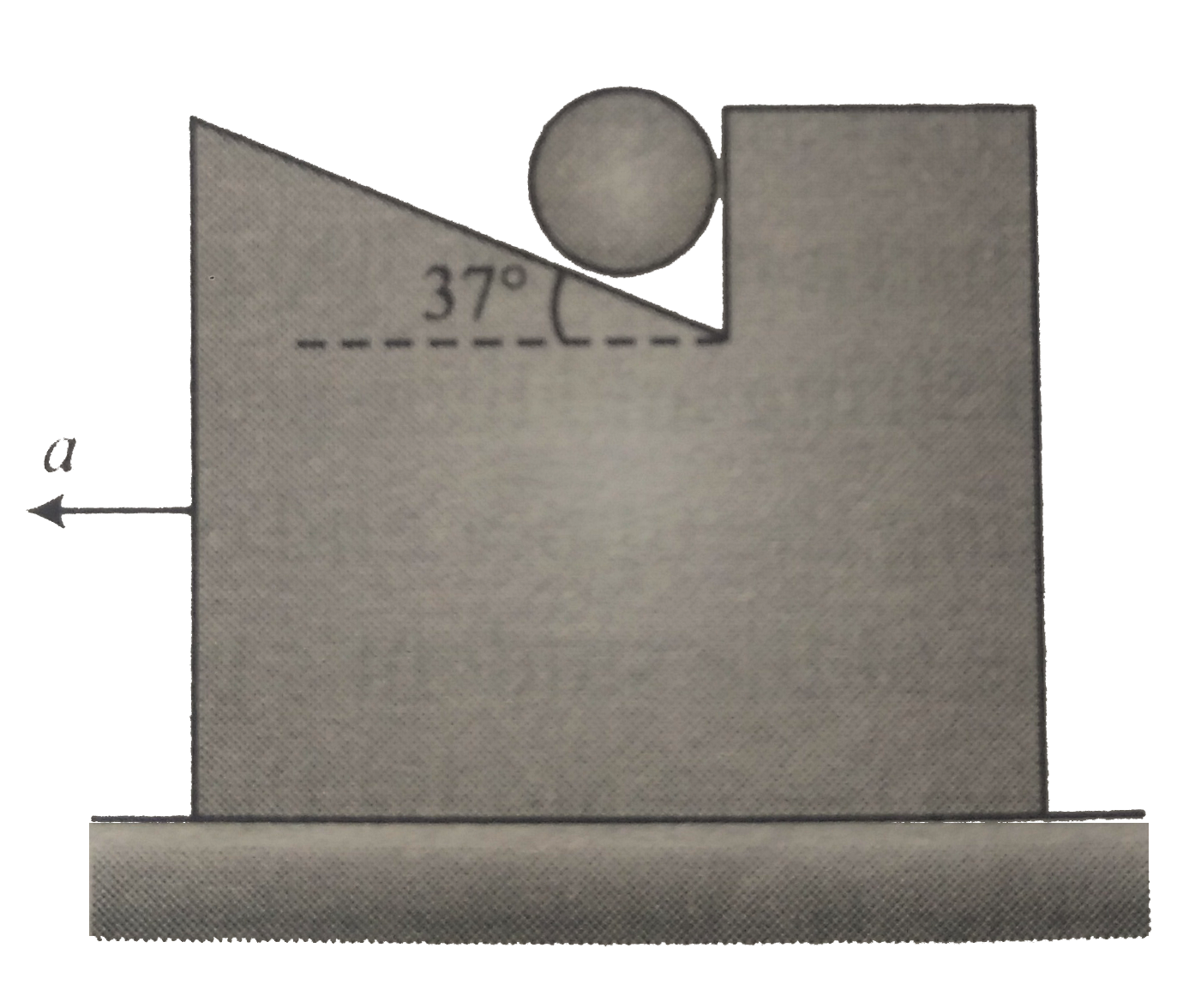
The correct Answer is:54mg;m(a+34g)
Force acting on sphere are shown in the fig.

ΣFx=N2−N1sin37∘=ma ..(i)
ΣFy=N1cos370∘−mg=0 …(ii)
Thus, N1=mgcos37∘=54mg
from eq. (i)
ma+(54mg)×(35)=m(a+34g).
Topper's Solved these Questions
- BOOK - CENGAGE PHYSICS ENGLISHCHAPTER - NEWTON'S LAWS OF MOTION 1EXERCISE - Single Correct75videos
NEWTON'S LAWS OF MOTION 1
- BOOK - CENGAGE PHYSICS ENGLISHCHAPTER - NEWTON'S LAWS OF MOTION 1EXERCISE - Multiple Correct11videos
NEWTON'S LAWS OF MOTION 1
- BOOK - CENGAGE PHYSICS ENGLISHCHAPTER - NEWTON'S LAWS OF MOTION 1EXERCISE - Exercise 6.413videos
NEWTON'S LAWS OF MOTION 1
- BOOK - CENGAGE PHYSICS ENGLISHCHAPTER - MISCELLANEOUS VOLUME 2EXERCISE - INTEGER_TYPE10videos
MISCELLANEOUS VOLUME 2
- BOOK - CENGAGE PHYSICS ENGLISHCHAPTER - NEWTON'S LAWS OF MOTION 2EXERCISE - Integer type1videos
NEWTON'S LAWS OF MOTION 2
Similar Questions
Assuming all the surfaces to be frictionless accelration of the block c shown in the figure is
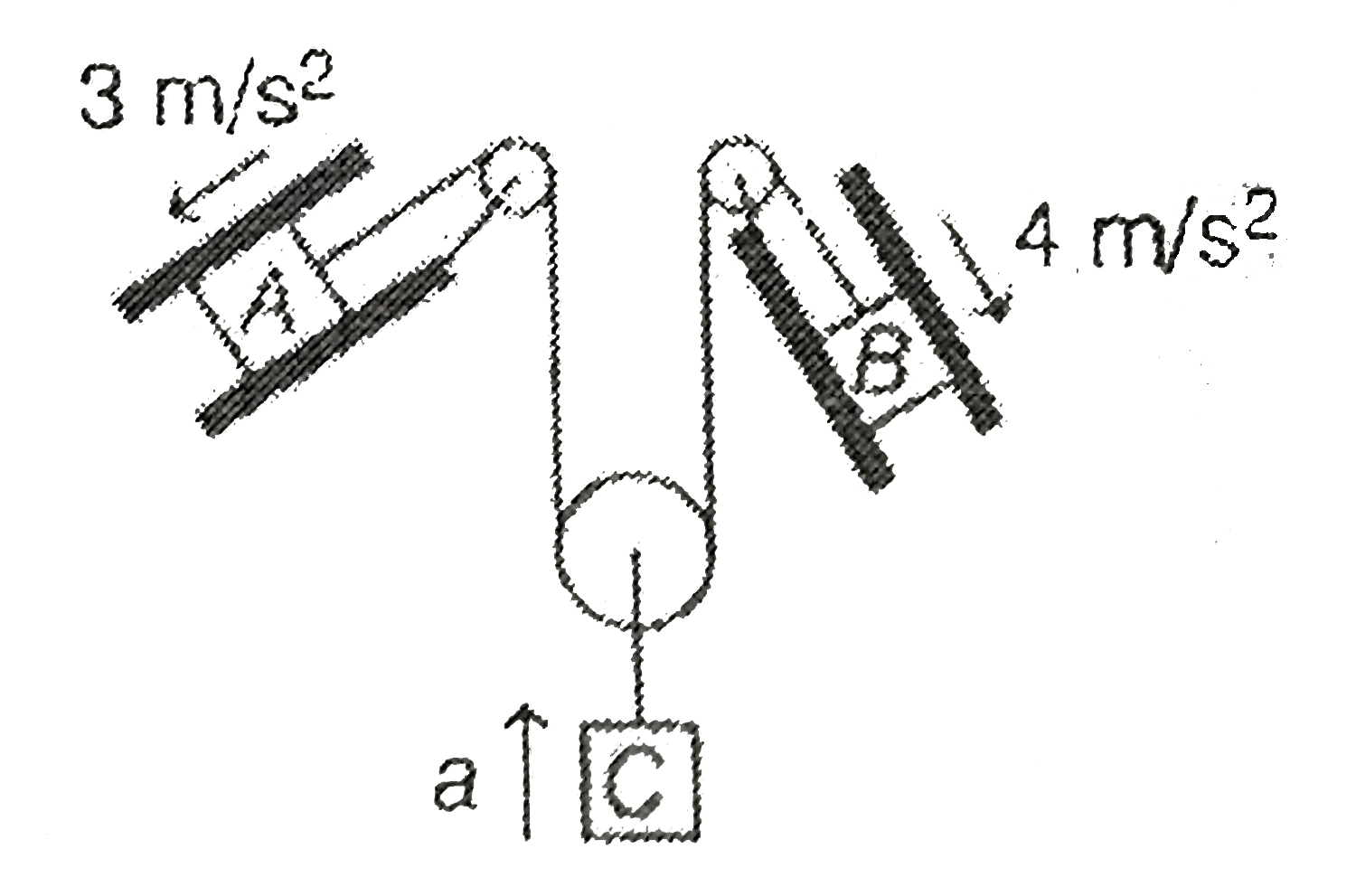 View Solution
View Solution(1) Find the acceleration of centre of mass of the system shown.
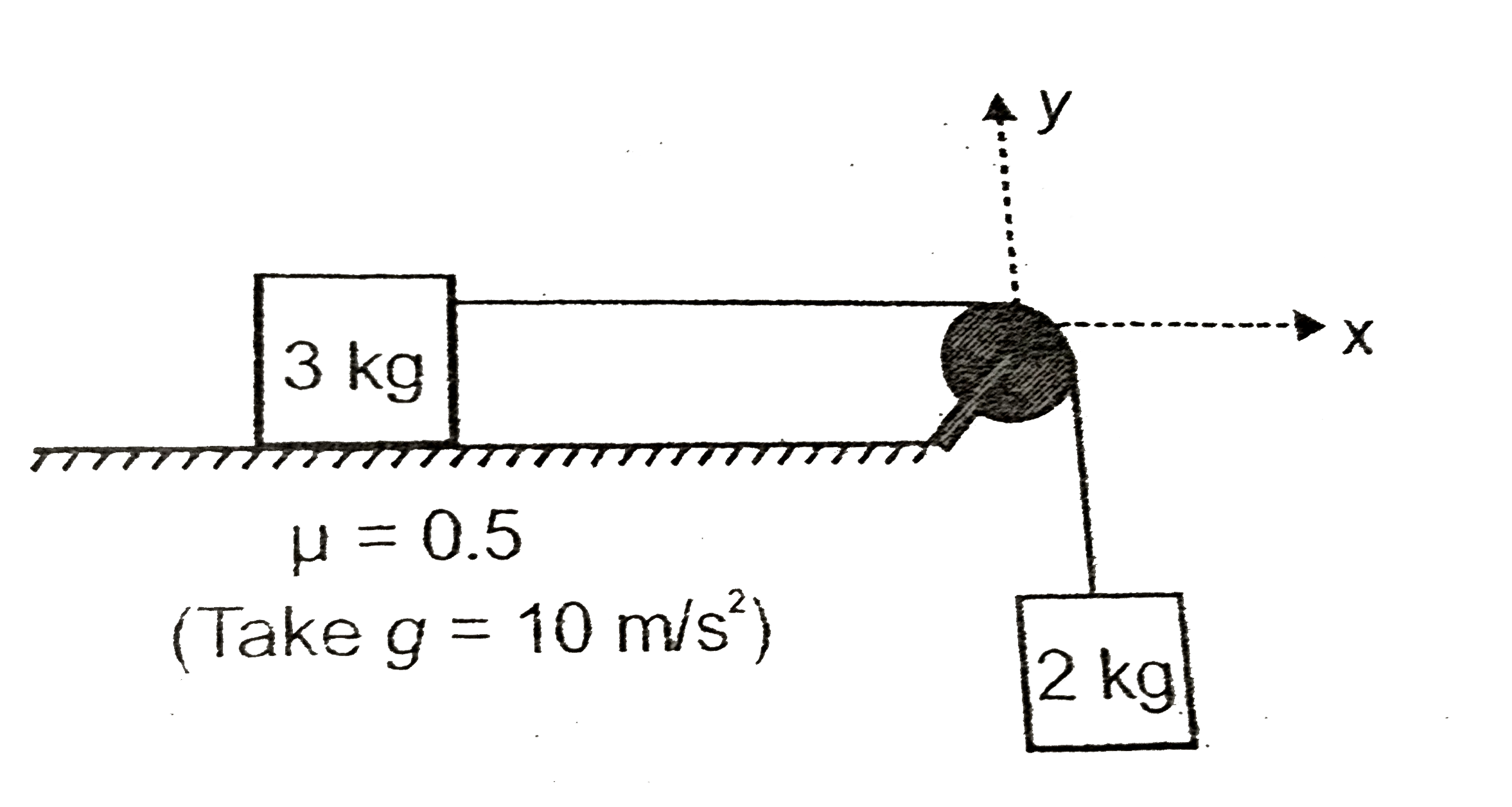
(ii) Find the normal reaction applied by the pulley on the thread.View SolutionIn the arrangement shown in figure, the rod of mass mheld by two smooth walls, remains always perpendicular to the surface of the wedge of mass M. Assumming all the surface to be frictionless, find the acceleration of the rod and that of the wedge.
 View Solution
View SolutionAll surfaces are smooth in following figure. Find F, such that block remain stationary with respect to wedge.
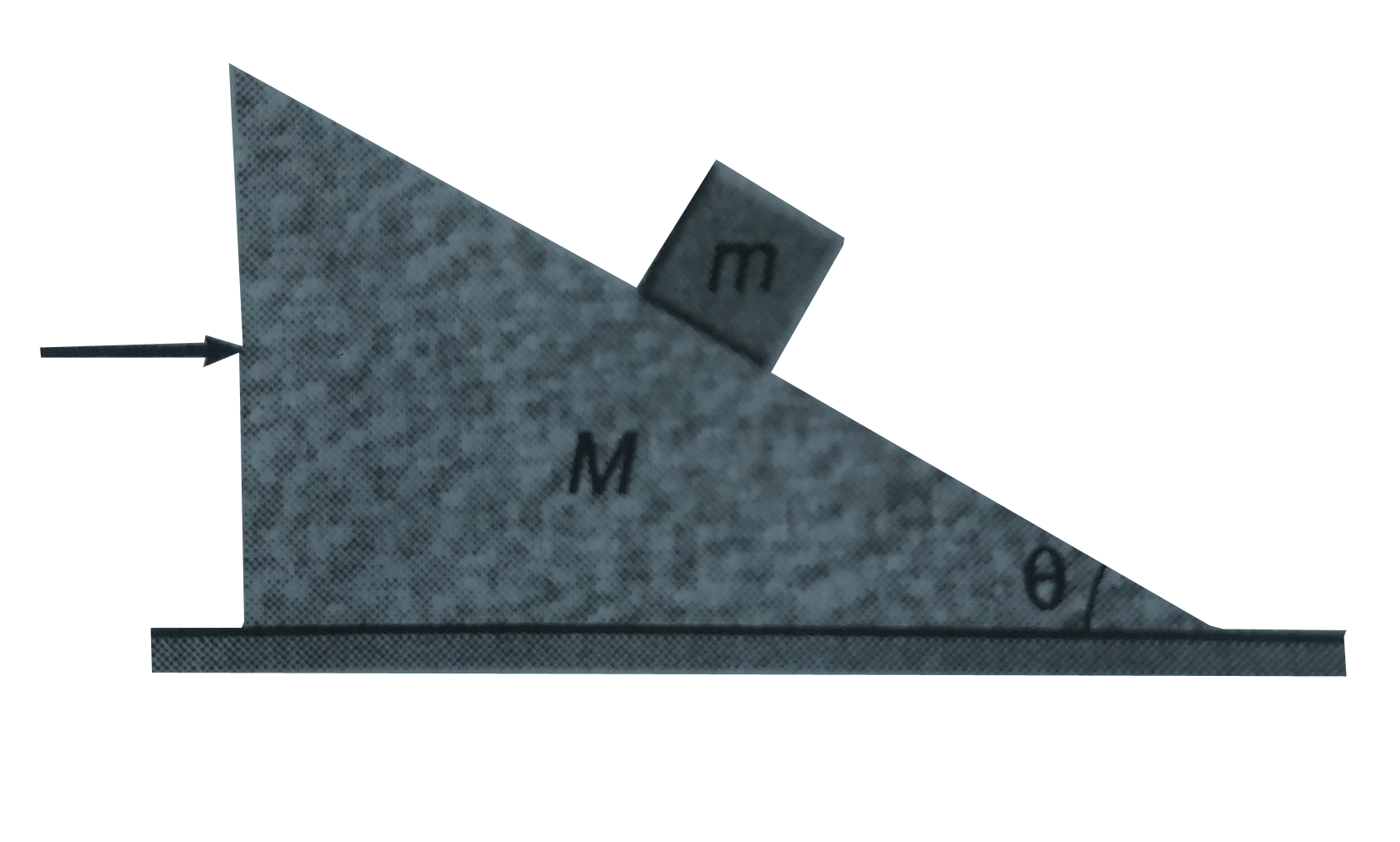 View Solution
View SolutionIn the shown arrangement , both pulleys and the string are massless and all the surface are frictionless. Find the acceleration of the wedge.
 View Solution
View SolutionRefer the system shown in the figure. Block is siding down the wedge. All surfaces are frictionless. Find correct statement (s)
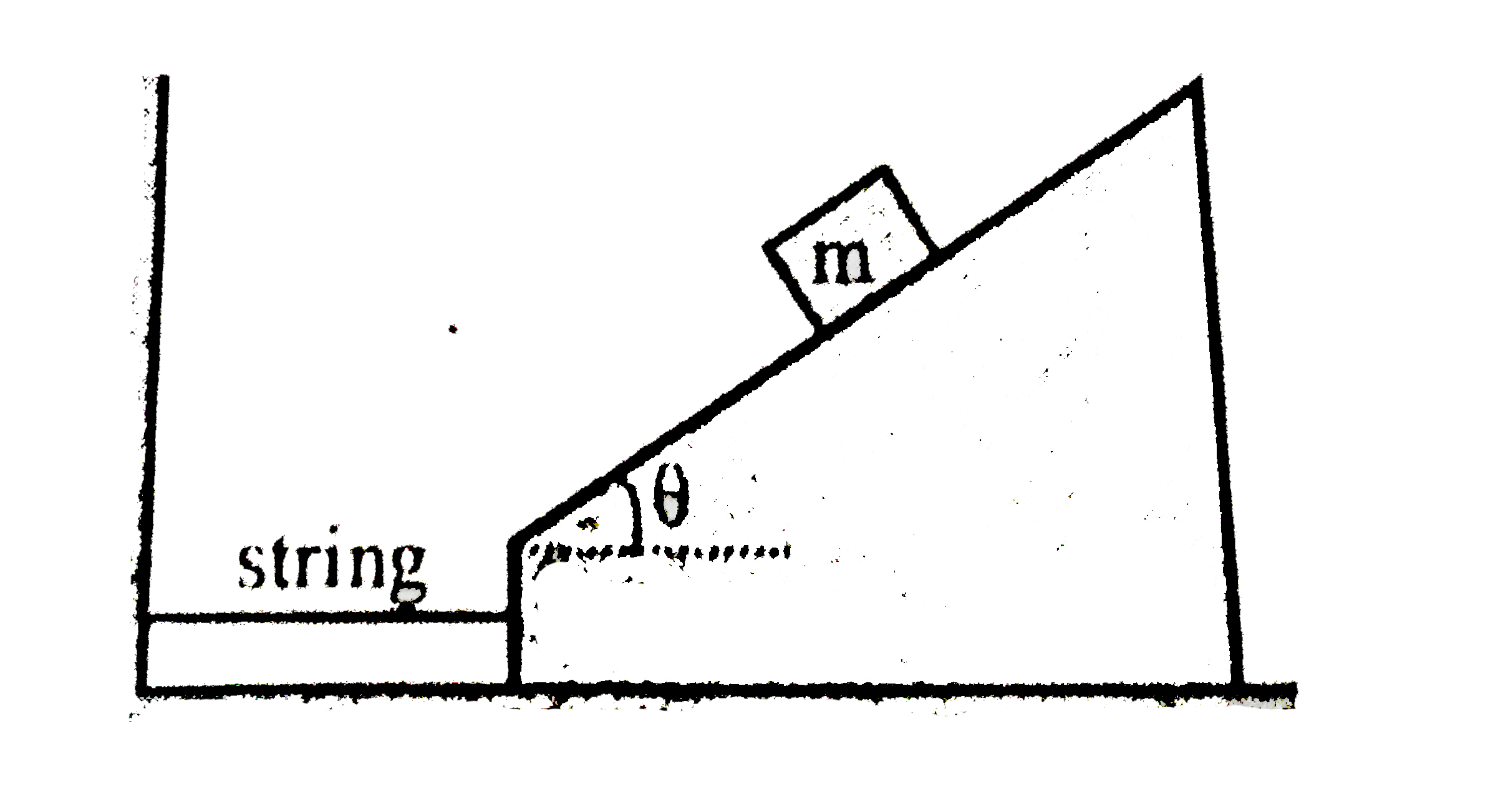 View Solution
View SolutionBlock A is given an acceleration 12ms−2 towards left as shown in fig. Assuming block B always remains horizontal, find the acceleration (in ms−2) of B.
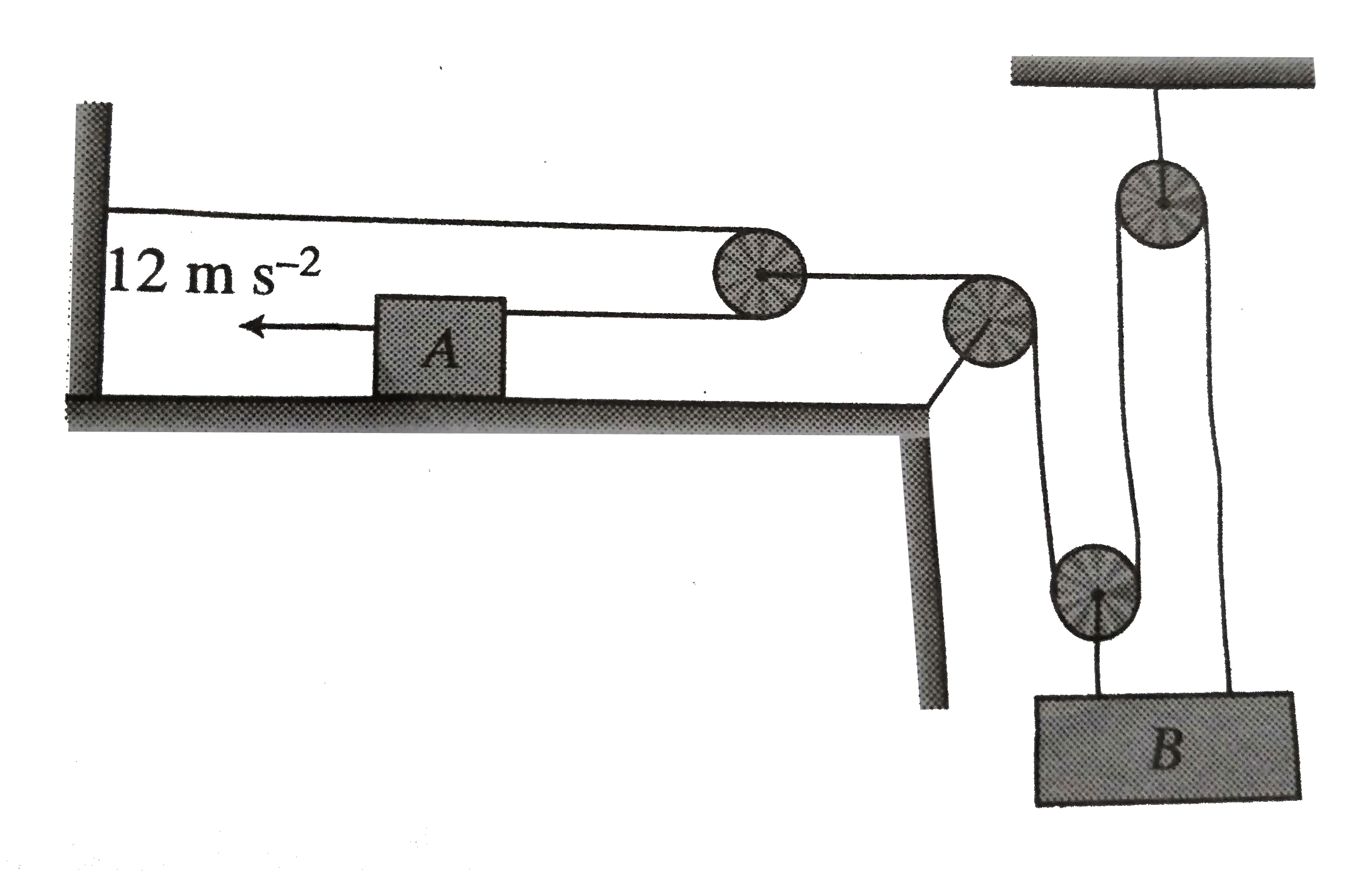 View Solution
View SolutionIn the arrangement shown in the figure , the rod of mass m held by two smooth walls , remain always perpendicular to the surface of the wedge of mass M . Assuming all the surface are frictionless, find the acceleration of the rod wedge.
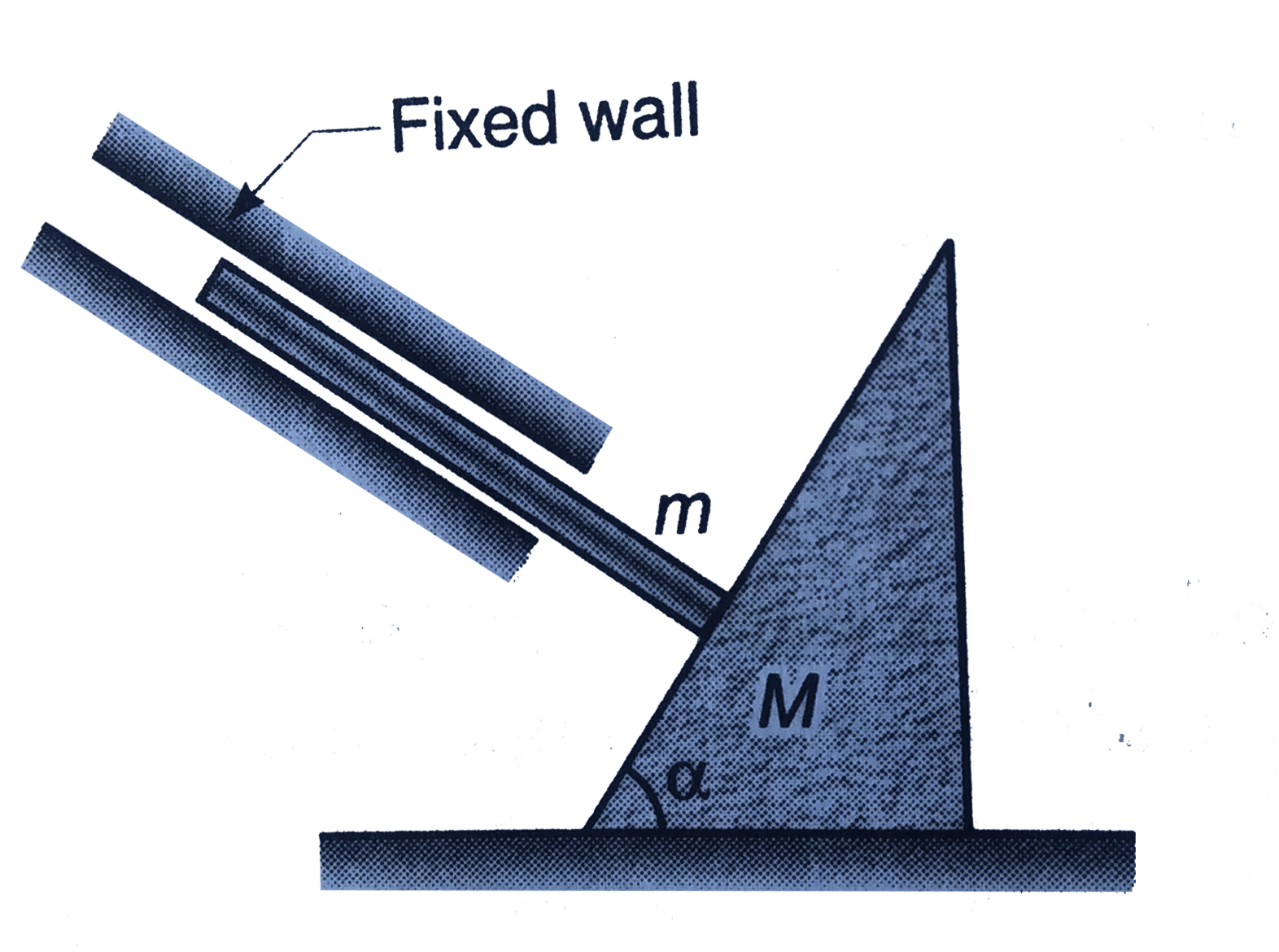 View Solution
View SolutionA sphere of mass m held at a height 2R between a wedge of same m and a rigid wall, is released from, Assuming that all the surfaces are frictionless. Find the speed of the bodies when the sphere hits the ground.
 .View Solution
.View SolutionFor the system as shown in fig. find the acceleration of C. the accelerations of A and B with respect to ground are marked.
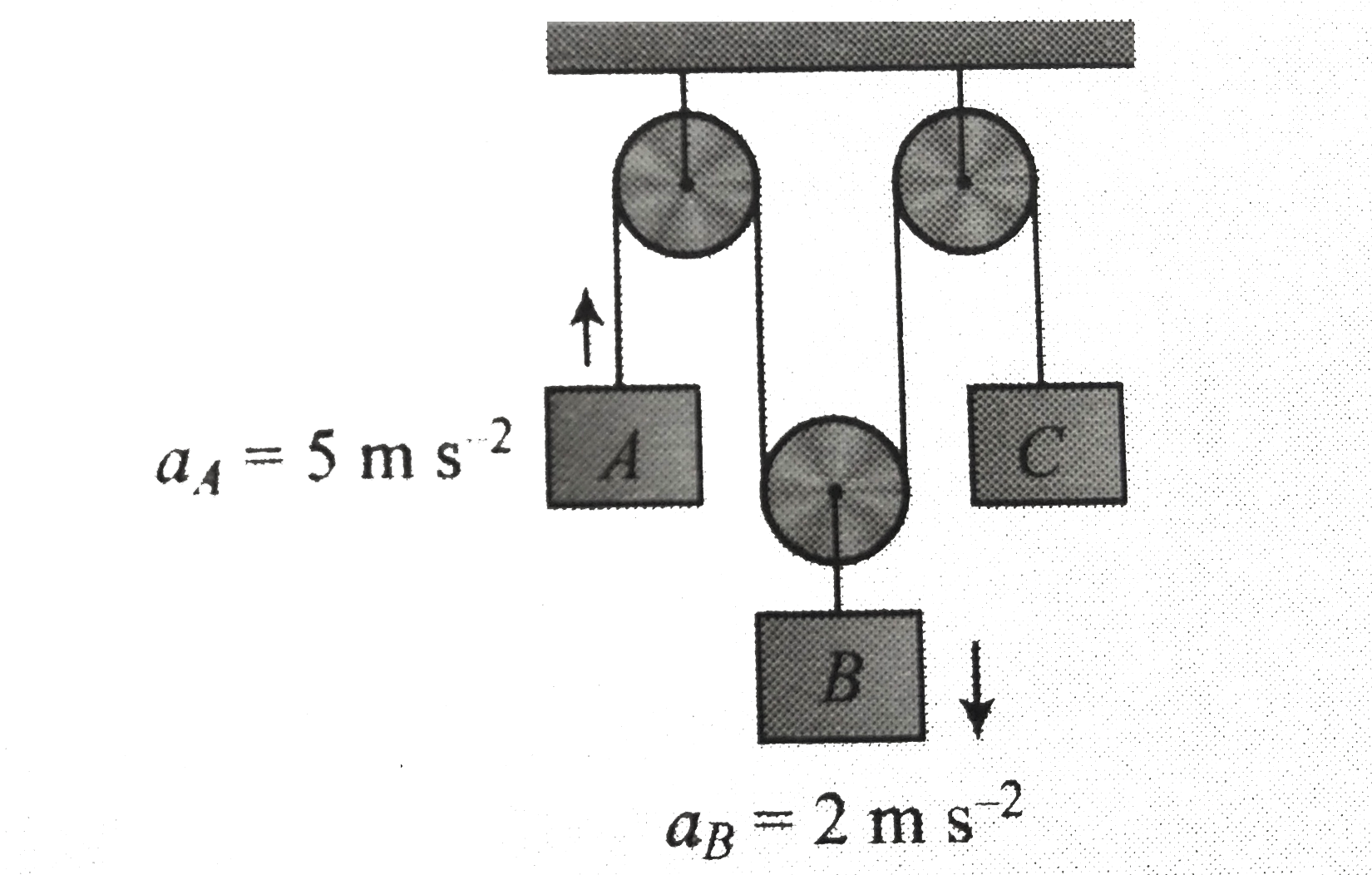 View Solution
View Solution

